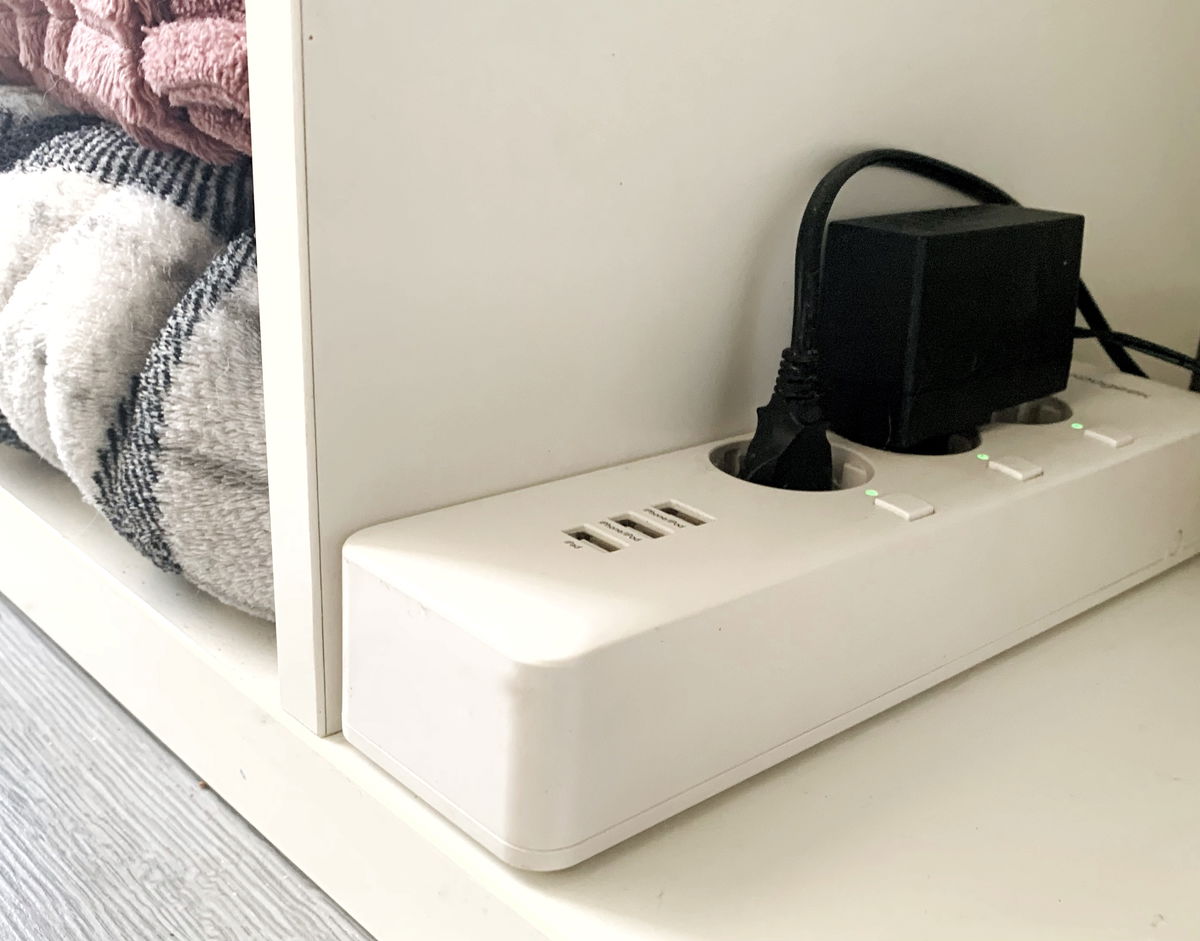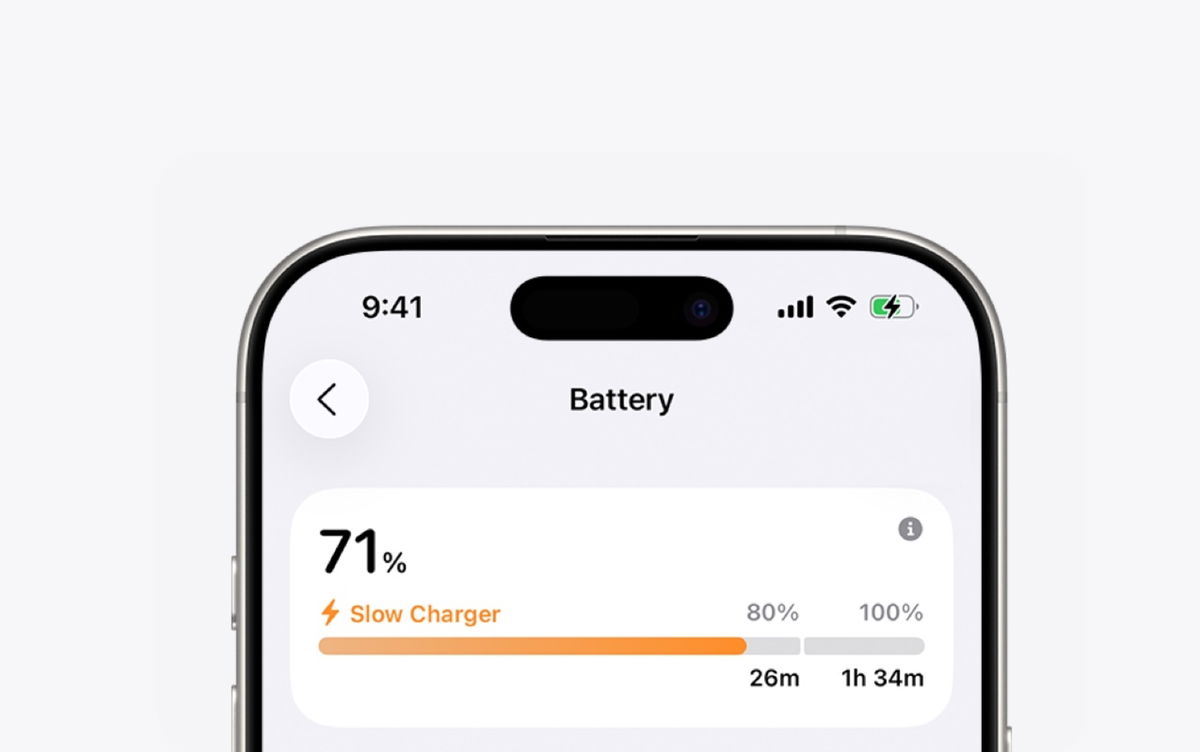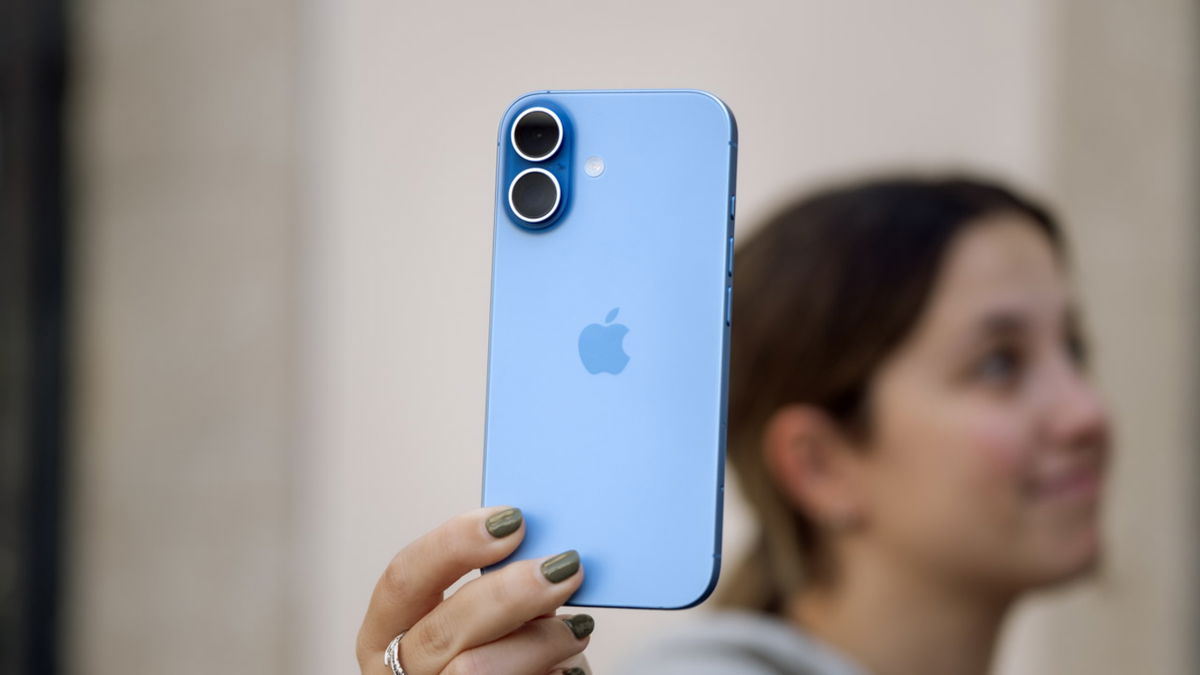In the history of technology, we have witnessed phones that changed our lives, as well as others that promised to be revolutionary, but unfortunately failed miserably in the market. These devices, despite their innovative features and avant-garde design, failed to meet the needs of the public. However, today we remember them. From models with advanced but impractical features to those that have trouble performing and running, you’ve got it all. Five “revolutionary” cell phones that ended in failure.
Nokia N-Gage (2003)
At a time when Nokia dominated the cell phone market, the company noted the popularity of portable gaming and music devices such as the Nintendo GameBoy and the original iPod and decided to combine these features into one device. This is how the Nokia N-Gage was born, conceived as a mixture of a telephone and a portable gaming console.
Unfortunately, the Nokia N-Gage’s quirky and clunky design made it unattractive to consumers, who perceived it more as a desperate attempt to take advantage of new trends than as a truly useful device. Additionally, the limited library of games created an unsatisfactory experience for video game fans.
Despite Nokia’s efforts to increase N-Gage sales, most of the devices remained on store shelves, gathering dust and unsold. This failure was largely due to a combination of poor design, lack of interesting content, and poor marketing strategy. Nokia learned a valuable lesson about the importance of understanding market needs and offering products that truly solve problems and satisfy consumers.
Blackberry Storm (2008)
The story of BlackBerry is a classic example of the rise and fall of the smartphone industry. Having pioneered the era of devices with physical keyboards and email access, the brand faced a new challenge with the advent of touchscreen smartphones. They decided to enter this market with the release of BlackBerry Storm, advertised as a competitor to Apple’s iPhone.
However, the device’s touchscreen had a peculiar design: in fact, the entire screen was one huge button, so it “clicked” when typing on the touch keyboard. It also had unfinished software, which led to frustrated users, negative reviews, and huge revenues.
The 2008 BlackBerry Storm was widely criticized for its slow screen, unreliable touch response, outdated software, lack of application support, and poor battery life. Critics even called it “the worst smartphone ever.” And despite trying to make amends with the release of Storm 2, BlackBerry was unable to regain its position in the market. With a million units returned within a year, the “Storm” became synonymous with failure and marked a turning point in BlackBerry’s trajectory in the smartphone industry.
Microsoft Kin One (2010)
The Microsoft Kin One, with its slide-out keyboard, was supposed to be a kind of hybrid smartphone and feature phone, designed to centralize all social networks in one place, including Facebook, Twitter and MySpace. They were primarily seen as “social phones” aimed at teenagers, with a full keyboard for email and messaging on the popular networks of the time.
However, the phone was missing many features. Social media updates only happened every 15 minutes, and the main drawback was the lack of an app store. Additionally, the messaging app’s use was limited, its interface was unintuitive, and its price was significantly higher than expected at launch.
These fundamental factors contributed to Microsoft’s major failure, resulting in significant losses. Only 500 units were reportedly sold before the company abandoned the project after just six weeks on the market. It is surprising that the leading company in the technology market (computers and consoles) has not been able to decipher the formula for developing successful smartphones.
HTC First (Facebook phone) (2013)
HTC First, also known as Facebook Phone, was an ambitious attempt to integrate the power of Facebook directly into a mobile device. Launched in 2013 as a collaboration between Facebook and HTC, the phone was touted as a revolutionary way to access social media from the palm of your hand. However, despite high expectations, it quickly turned into a monumental failure, proving that even partnerships between industry giants do not guarantee success in the competitive smartphone market.
The failure of the HTC First is mainly due to its lack of differentiation from other Android phones at the moment. Although the home screen featured the innovative Facebook Home interface, the feature wasn’t attractive enough to make up for the shortcomings. Additionally, Facebook’s home screen exclusivity limited the phone’s customization options.
Although it was aimed at the younger generation, its hardware and software did not meet market expectations and the user experience was lackluster, leading to a rapid decline in sales and the device was withdrawn from the market just a month after its initial release.
Amazon Fire Phone (2014)
Amazon, despite its success in other technology areas such as Kindle readers and Fire tablets (and later the Amazon Firestick and Amazon Echo), entered the phone market with its first and only attempt, the Amazon Fire Phone.
The idea was to improve the online shopping experience with some special features such as 3D viewing thanks to five different cameras and a 3D screen. Yes, Amazon created the phone to expand the retail experience. However, the potential audience buying phones on Amazon was not interested in the Fire Phone.
Due to conflicts between Google and Amazon, the phone did not have access to the Google Play Store (it ran the only Android-based FireOS operating system). This limitation, along with poor battery life, an unattractive design and a high starting price, led to Amazon’s dismal failure with losses estimated at over $170 million, and then shuttered its mobile phone division entirely for less than $170 million. year.
Honorable mention: Samsung Galaxy Note 7 (2016)
The Samsung Galaxy Note 7 seemed to have everything to impress consumers with innovative features like the S Pen stylus. However, it was marked by a series of catastrophic incidents in which devices exploded or caught fire due to a faulty battery. These events, which endangered users, even forced airlines to ban its use.
Despite Samsung’s attempts to correct the situation by replacing devices, the problems remained. Ultimately, the situation resulted in a global recall and discontinuation of this model, which taught a valuable lesson about the importance of safety in the production of electronic devices.
Source: Digital Trends













